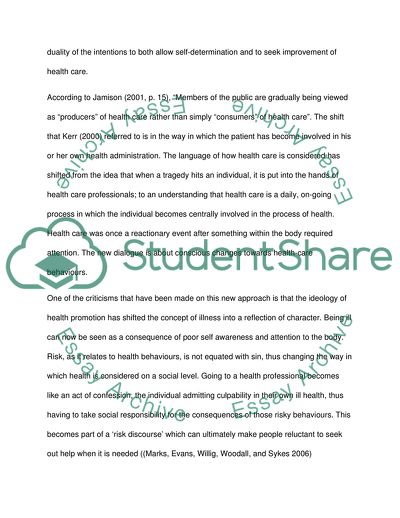Cite this document
(Power Dynamics and Empowerment in Health Promotion Report, n.d.)
Power Dynamics and Empowerment in Health Promotion Report. https://studentshare.org/health-sciences-medicine/1755557-power-and-empowermenr
Power Dynamics and Empowerment in Health Promotion Report. https://studentshare.org/health-sciences-medicine/1755557-power-and-empowermenr
(Power Dynamics and Empowerment in Health Promotion Report)
Power Dynamics and Empowerment in Health Promotion Report. https://studentshare.org/health-sciences-medicine/1755557-power-and-empowermenr.
Power Dynamics and Empowerment in Health Promotion Report. https://studentshare.org/health-sciences-medicine/1755557-power-and-empowermenr.
“Power Dynamics and Empowerment in Health Promotion Report”. https://studentshare.org/health-sciences-medicine/1755557-power-and-empowermenr.


